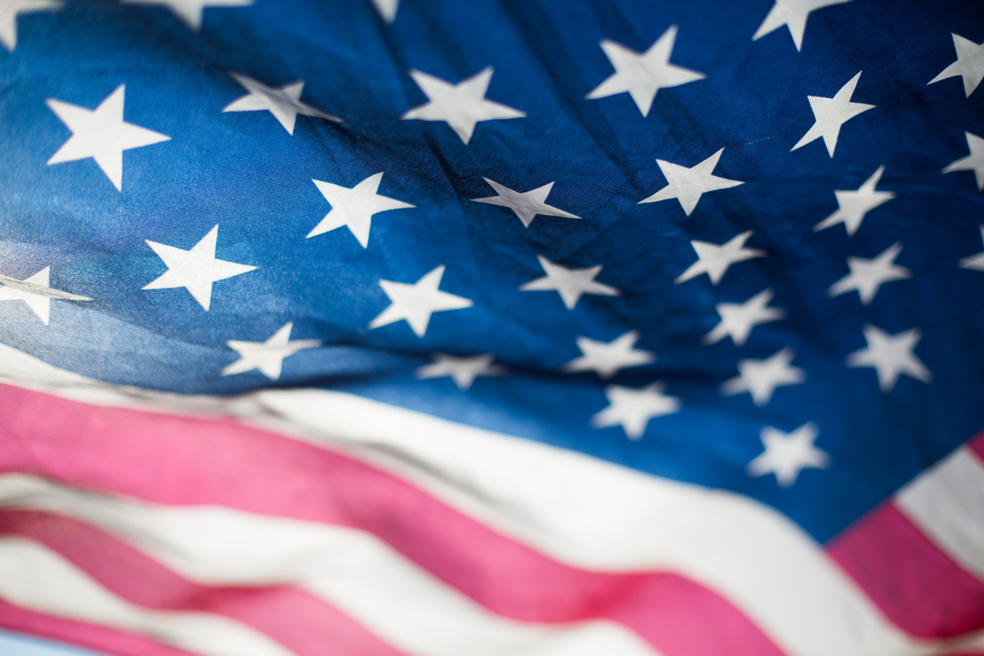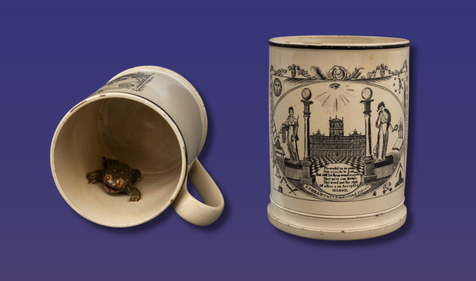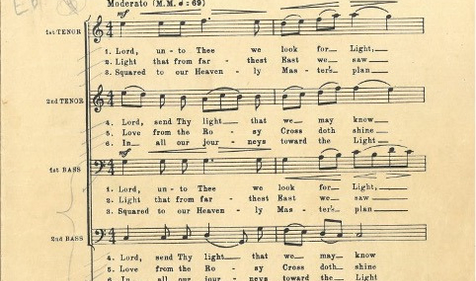From George Washington to Gerald Ford, here is the complete guide to United States Presidents who were also members of the Craft.
Freemasonry is a fraternity that has been guided by the values of integrity, justice, and service to others for centuries. Its philosophical and moral lessons have guided countless men in their personal and professional lives, including more than a few leaders from American history. We’re proud of the rich history of American fraternalism and that a distinguished group of U.S. Presidents not only held the highest office in the land but also were esteemed members of the Craft.
In this article, we’ll journey through our nation’s history to meet these presidential Brothers and highlight their contributions to Freemasonry and our country.
George Washington
George Washington, the first President of the United States, is often referred to as the Father of His Country for his pivotal role in securing American independence and establishing the foundations of the nation. Leading the Continental Army to victory during the Revolutionary War and guiding the fledgling republic as its first President, Brother Washington set a precedent of leadership, integrity, and service that endures to this day.
Brother Washington’s connection to Freemasonry began early in his life. In 1752, at just 20 years old, he became a Master Mason in Fredericksburg, Virginia, paying only 2 pounds and 3 shillings for the privilege. The following year, he was raised to the second and third degrees at the same lodge and remained an active participant, regularly visiting the Lodge of Fredericksburg over the next several years.
As a General, he attended Masonic celebrations and religious observances in New York, New Jersey, and Pennsylvania. He also supported the formation of regimental Masonic lodges within the army. In 1791, during his first inauguration, Brother Washington took his oath of office on a Bible from St. John’s Lodge in New York and welcomed Masonic delegations from several states throughout his presidency.
He later presided over the cornerstone-laying ceremony for the U.S. Capitol in 1793, donning his Masonic regalia for the historic occasion. He also became the charter Master of Alexandria Lodge № 22, sat for a portrait in his Masonic regalia, and, upon his passing in 1799, was buried with full Masonic honors.
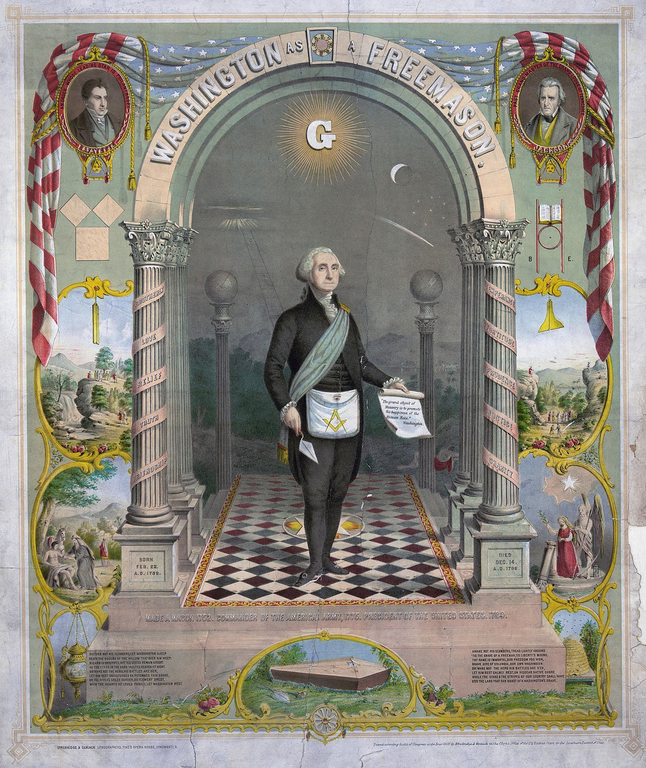
James Monroe
The fifth president of the United States, James Monroe, embodied the Masonic ideals of Brotherhood, collaboration, and service to the common good. During the Revolutionary War, he joined Williamsburg Lodge No. 6 in 1775, becoming an Entered Apprentice while serving in the Continental Army.
As President, Brother Monroe sought to unify the nation during the “Era of Good Feelings,” bridging partisan divides and promoting national harmony. His Monroe Doctrine boldly declared the Americas free from European interference, establishing a cornerstone of U.S. foreign policy. Domestically, he championed infrastructure projects, oversaw the Missouri Compromise, and expanded the nation’s borders. Brother Monroe’s commitment to unity, both as a leader and Mason, was evident in his efforts to bring Americans together in the spirit of shared purpose.
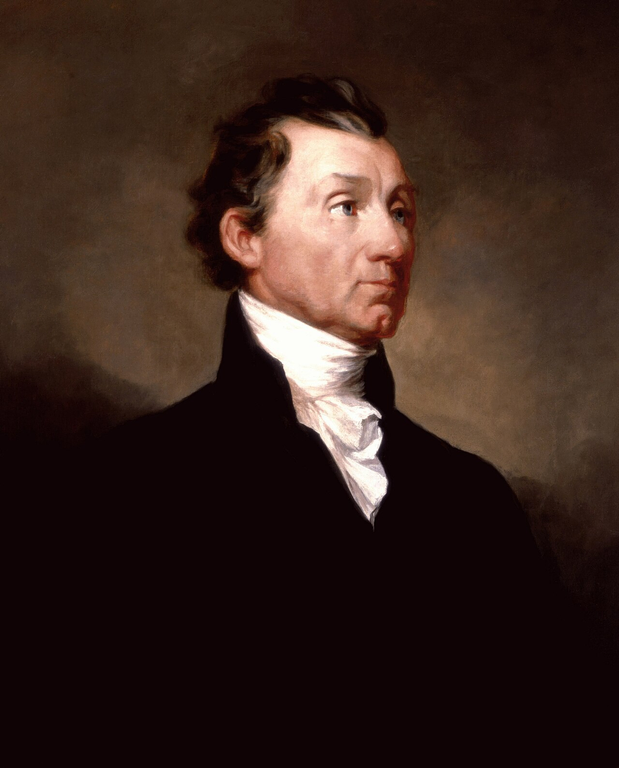
Andrew Jackson
Andrew Jackson, the seventh President of the United States, had an impressive career that spanned law, the judiciary, and the military before ascending to the nation’s highest office. Known for his fiery personality and unyielding resolve, Brother Jackson first earned national attention for his leadership at the Battle of New Orleans during the War of 1812.
While the exact date of his initiation remains unclear, records confirm that by 1800, Brother Jackson was a member of Harmony Lodge No. 1 in Tennessee. In 1823, he was appointed Grand Master of the Grand Lodge of Tennessee, becoming one of only two U.S. Presidents to hold this distinguished title.
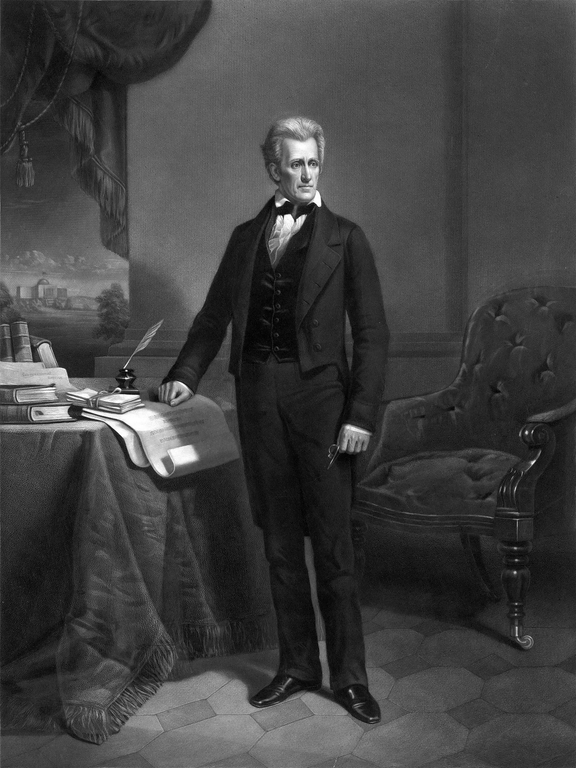
James K. Polk
Brother Polk’s journey in Freemasonry began early in his career. On June 5, 1820, at the age of 25, he was initiated as an Entered Apprentice in Columbia Lodge No. 31 in Columbia, Tennessee. He advanced quickly, being passed to Fellowcraft on August 7 and raised to the degree of Master Mason on September 4 of the same year.
Before his presidency, Brother Polk built a successful law practice in Tennessee and began his political career in the state legislature in 1823. By 1825, he was serving in the U.S. House of Representatives and acted as chairman of the Ways and Means Committee. In 1835, Brother Polk became Speaker of the House—the only U.S. president to hold this position. After leaving Congress, he served as Governor of Tennessee, and in 1844 ran as a dark-horse candidate for president, narrowly winning and pledging to serve only one term (and it was all he needed).
As the 11th President of the United States, Brother Polk is often remembered as one of the most effective leaders of his era, achieving nearly all his ambitious goals during his single term in office. He oversaw the annexation of Texas, the Oregon Territory, and the vast lands acquired through the Mexican Cession. His presidency expanded the nation to the Pacific and solidified its economic policies through the reestablishment of the Independent Treasury and the Walker Tariff of 1846.
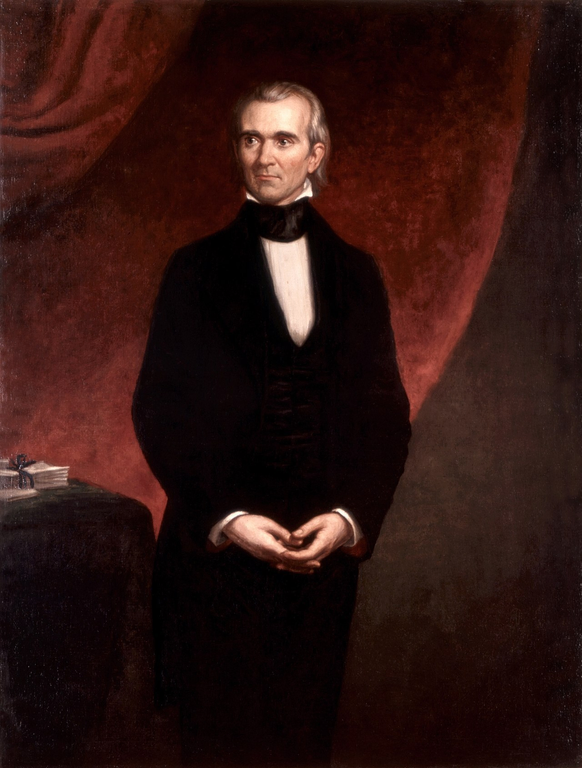
James Buchanan
James Buchanan, the 15th President of the United States, is notable as a career statesman who held numerous political roles, including Representative, Senator, Secretary of State, and Minister to both Russia and the United Kingdom. A lifelong bachelor, Brother Buchanan served as president from 1857 to 1861, leading the nation during the fraught years preceding the Civil War.
Brother Buchanan’s Masonic journey began in 1816 when he was initiated into Lancaster Lodge No. 43 in Pennsylvania. By 1824, he had been appointed District Deputy Grand Master for the counties of Lancaster, Lebanon, and York, showcasing his dedication to the Craft. Throughout his life, Brother Buchanan remained active in Freemasonry, finding camaraderie and purpose in its principles of Brotherhood and service.
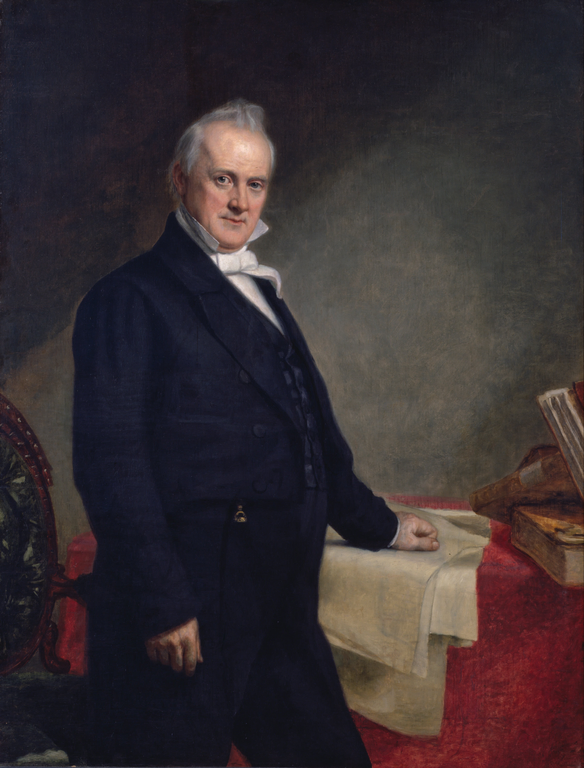
Andrew Johnson
Born into poverty, Andrew Johnson rose through perseverance and hard work, starting as a tailor’s apprentice before entering politics. He served as a mayor, state legislator, congressman, governor, and senator.
Brother Johnson’s Masonic journey began in Greenville Lodge No. 119 in Tennessee, where he was initiated on May 5, 1851. Later, as President, he welcomed members of the Supreme Council, Ancient and Accepted Scottish Rite, to the White House on April 23, 1867. A couple of months later, he became the first president to undergo a Masonic initiation at the White House when he joined the Scottish Rite.
Brother Andrew Johnson assumed the high office during one of the most turbulent times in American history. As vice president, he succeeded Abraham Lincoln following his assassination in 1865, taking the helm as the Civil War concluded. As the 17th president, Johnson faced the immense challenge of Reconstruction but clashed with Congress over the protection of newly freed people and the reintegration of Southern states. After leaving office, he later became the only former president to serve in the Senate.
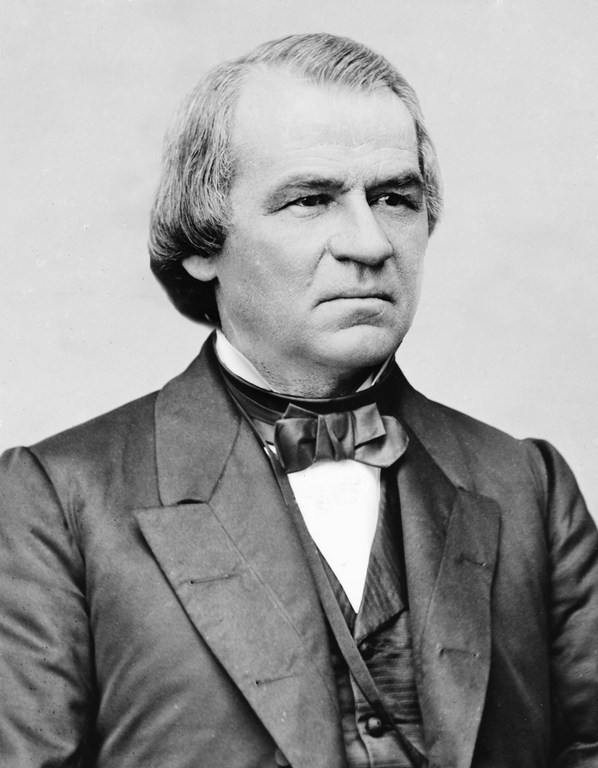
James Garfield
Brother James A. Garfield rose from humble beginnings in Ohio to national prominence as a skilled orator, Union Army general, and dedicated public servant. During his tenure as an Ohio State Senator, he strongly opposed Confederate secession, and his service in the Union Army during the Civil War earned him recognition for his leadership. Elected to Congress in 1862, Brother Garfield served with distinction for nearly two decades before winning the presidency in 1880, becoming the 20th President in United States history. Tragically, his term was cut short by an assassin’s bullet, and he passed away in 1881 after only six months in office.
Brother Garfield’s Masonic journey began on November 19, 1861, when he was initiated into Magnolia Lodge No. 20 in Columbus, Ohio. Delayed by his Civil War service, he completed his Third Degree in 1864 at Columbus Lodge No. 30. Brother Garfield remained an active Mason, affiliating with Garrettsville Lodge No. 246 and serving as its Chaplain in 1868. He also became a Charter Member of Pentalpha Lodge No. 23 in Washington, D.C. and witnessed the 14th degree of the Scottish Rite in 1872.
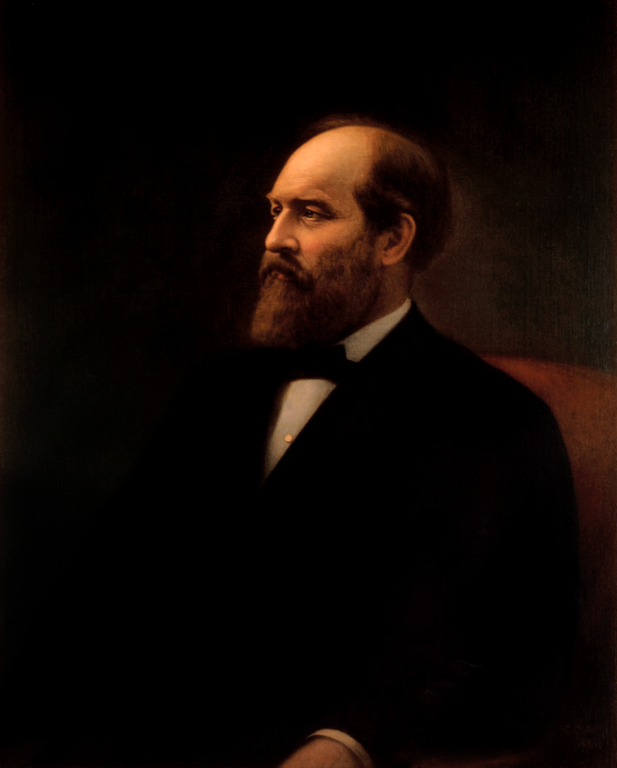
William McKinley
William McKinley, the 25th President of the United States, was a Civil War veteran and the last U.S. president to have served in that conflict. His presidency, from 1897 until his assassination in 1901, oversaw key milestones, including victory in the Spanish-American War, the annexation of Hawaii, and the acquisition of Puerto Rico, Guam, and the Philippines.
Brother McKinley entered the Craft when he was initiated into Hiram Lodge No. 21 in Winchester, Virginia, on May 1, 1865. Inspired by the Brotherhood he witnessed among Union and Confederate soldiers who were Masons, Brother McKinley remarked, “...if that is Masonry, I will take some of it myself.”
After the war, he joined Canton Lodge No. 60 and later became a charter member of Eagle Lodge No. 431 in Canton, which was renamed William McKinley Lodge No. 431 in 1901. Beyond the Blue Lodge, Brother McKinley was an active member of numerous fraternal organizations, including the Knights Templar, Royal Arch Masonry, and the Knights of Pythias.
During his presidency, Brother McKinley addressed a gathering of 1,400 Knights Templar in San Francisco, expressing gratitude to his "Brother Masons" and emphasizing the role of Brotherhood in fostering liberty and unity.
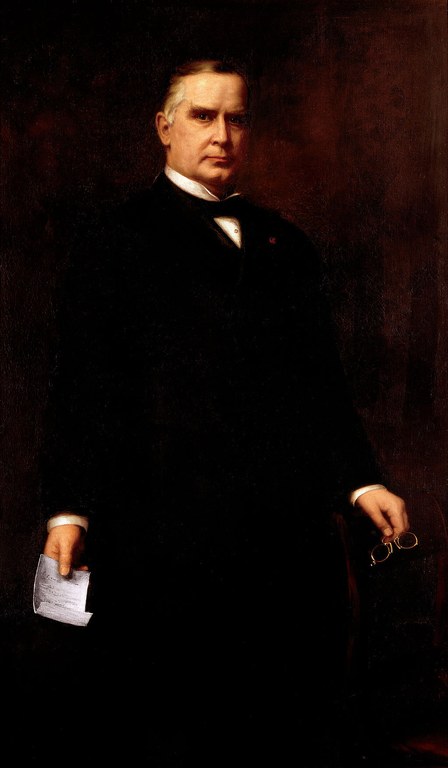
Theodore Roosevelt
When he became the 26th President in 1901, Brother Theodore "Teddy" Roosevelt brought vigor, reform, and a bold vision to the nation. At just 42 years old, he became the youngest president in U.S. history after the assassination of Brother William McKinley. Known for his progressive policies and commitment to conservation, he championed the “Square Deal” to break up monopolies, regulate railroads, and protect workers. Brother Roosevelt also established national parks, forests, and monuments, ensuring the preservation of America’s natural resources for future generations. On the international stage, he initiated the Panama Canal’s construction, expanded the Navy, and brokered the peace that ended the Russo-Japanese War, earning him the Nobel Peace Prize in 1906.
Brother Roosevelt joined Freemasonry in 1901, the same year he assumed the presidency. Initiated at Matinecock Lodge No. 806 in Oyster Bay, New York, he was raised to Master Mason on April 24, 1901. Brother Roosevelt’s Masonic values of fraternity and service were evident in his active participation. He visited lodges worldwide, attended events such as the celebration of George Washington’s Masonic anniversary at the Grand Lodge of Pennsylvania, and played significant ceremonial roles, including laying the cornerstone of the Pilgrim Memorial Monument in Provincetown, MA, and breaking ground for the Spokane Masonic Temple.
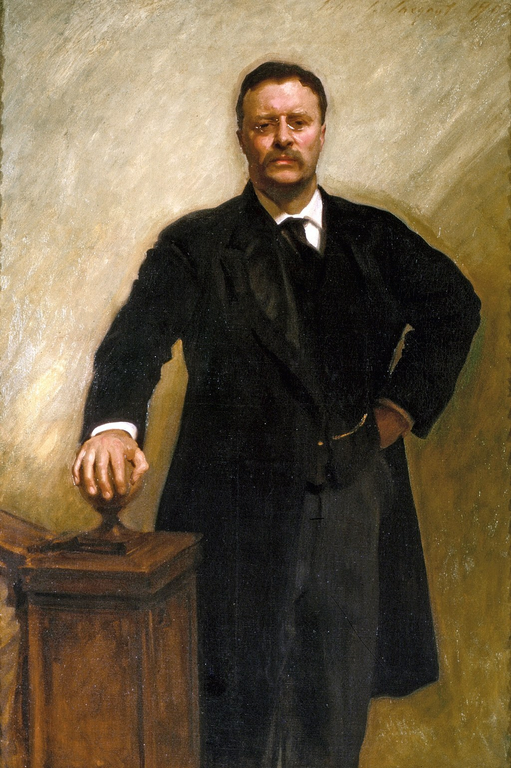
William H. Taft
Serving as the 27th President of the United States and the 10th Chief Justice of the Supreme Court, Brother William Howard Taft holds the unique distinction of being the only person to lead both the executive and judicial branches of government. A Cincinnati native, Brother Taft’s rapid rise included roles as solicitor general, federal judge, and civilian governor of the Philippines before being elected president in 1908. Interestingly, it was in 1921 that Brother Taft achieved his true lifelong ambition when President Warren G. Harding appointed him Chief Justice, a role he held until shortly before he died in 1930.
Brother Taft was made a Mason at sight on February 18, 1909, at Kilwinning Lodge No. 356 in Cincinnati, Ohio, during a special ceremony conducted by the Grand Master of Ohio. This rare privilege allowed Brother Taft to receive all three degrees of Freemasonry in one event, underscoring his esteem within the fraternity.
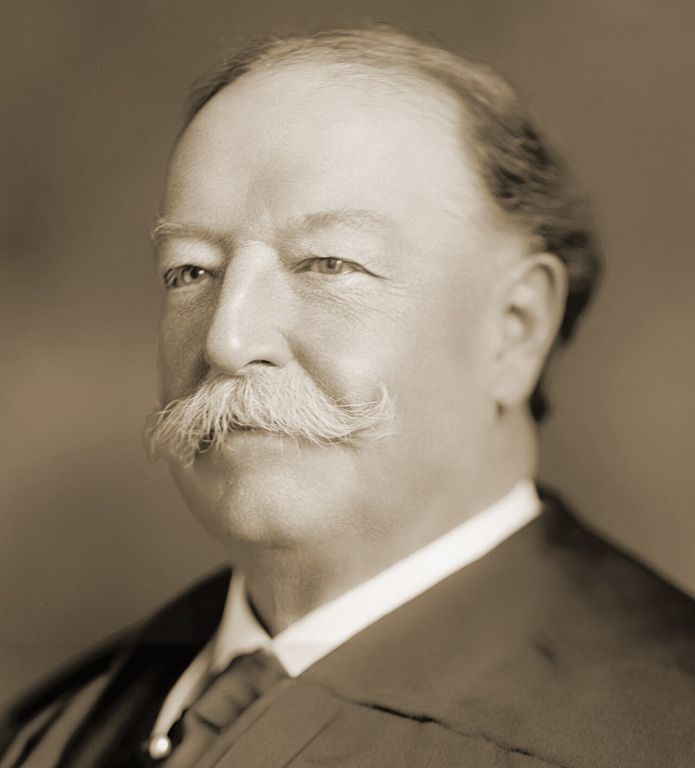
Warren G. Harding
Warren G. Harding, the 29th President of the United States, rose from small-town Ohio roots to national prominence as a newspaper publisher, state senator, and U.S. senator. Brother Harding won the 1920 presidential election in a landslide, becoming the first sitting senator elected president.
Brother Harding’s foray into Freemasonry was uniquely delayed. Initiated on June 28, 1901, in Marion Lodge No. 70, Marion, Ohio, Brother Harding’s progress was hindered by personal disputes within the lodge. Nineteen years later, amid his presidential campaign, objections were withdrawn, and Brother Harding was raised to the Sublime Degree of Master Mason on August 27, 1920. As president, Brother Harding symbolized his Masonic values by taking the Oath of Office upon the same Bible used by Brother George Washington, the Altar Bible of St. John’s Lodge No. 1 in New York City.
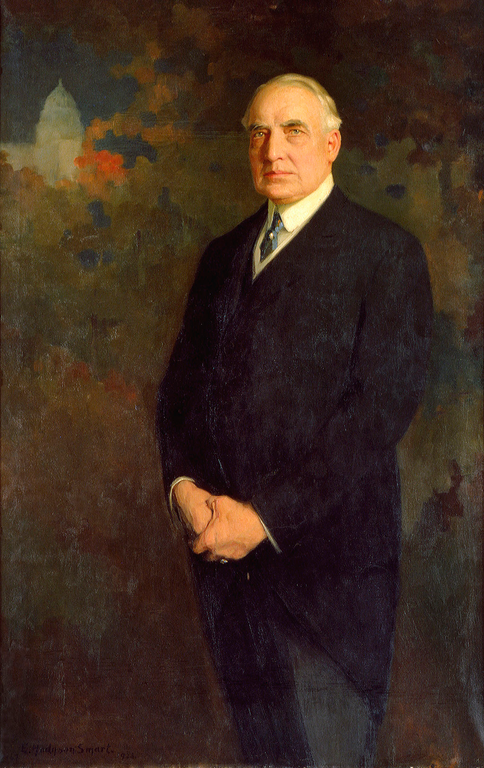
Franklin Delano Roosevelt
The longest to hold office, Franklin D. Roosevelt led the nation through some of its most challenging times, serving four terms from 1933 to 1945. During that time, he implemented his transformative New Deal programs that reshaped the U.S. economy during the Great Depression. His leadership during WWII also helped secure Allied victory against Nazi Germany and Japan. Known for his unyielding optimism and belief in the power of unity, Brother Roosevelt’s presidency left an indelible legacy on both domestic and global history.
Brother Roosevelt’s Masonic journey began in 1911 when he was initiated into Holland Lodge No. 8 in New York City, completing all three degrees in just six weeks. His deep connection to the fraternity was evident throughout his life, including presiding over Architect Lodge in 1935 when his sons, Elliott and Franklin Jr., were raised to Master Masons. In 1929, he joined the Scottish Rite at Albany Consistory, achieving the 32° in a single day, and became a Shriner in Cyrus Temple the following year.
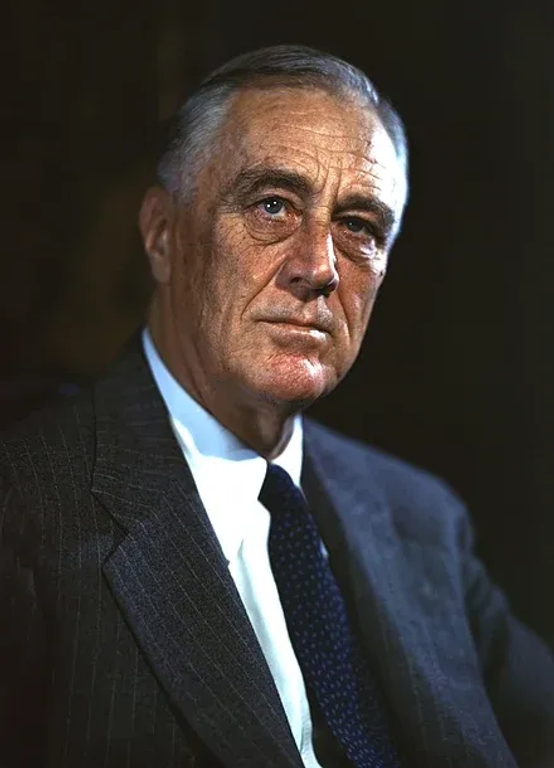
Harry S. Truman
Serving as president from 1945 to 1953, Ill. Brother Harry S. Truman 33°, implemented the Marshall Plan to rebuild Western Europe, established the Truman Doctrine to contain Soviet communism, and oversaw the creation of NATO. Domestically, he took bold steps to promote civil rights by desegregating the U.S. Armed Forces and federal agencies through executive orders.
Brother Truman’s Masonic journey began in 1909 when he was initiated at Belton Lodge No. 450 in Missouri. Freemasonry became a cornerstone of his life, and in 1911, Brother Truman founded Lodge No. 618 in Grandview and served as its first Master, an experience that helped him overcome childhood shyness and develop his leadership skills. In 1940, he was elected Grand Master of the Grand Lodge of Missouri. Brother Truman received the 33rd degree Sovereign Grand Inspector General in 1945 while serving as President as well as the first Gourgas Medal from the Northern Masonic Jurisdiction. In 1959, he became the only U.S. president to celebrate 50 years in the fraternity.
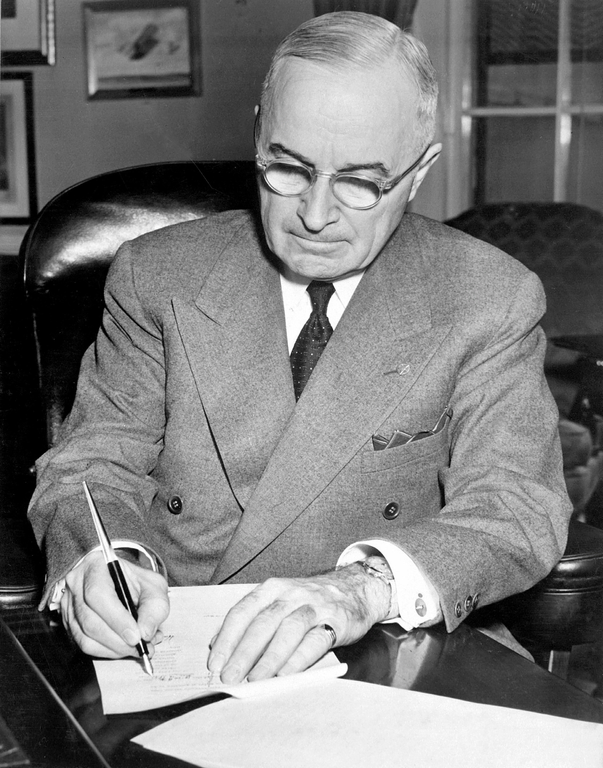
Gerald Ford
Ill. Brother Gerald Ford, 33° had a political career spanned nearly 25 years as a U.S. Representative from Michigan, including nine as House Minority Leader. Ford assumed the vice presidency in 1973 following Spiro Agnew’s resignation and became president in 1974 after Richard Nixon’s resignation. His presidency saw economic challenges, the controversial pardon of Nixon, the Helsinki Accords, and the final withdrawal from Vietnam. Ford remained active in public life until his death in 2006.
Brother Ford’s Masonic journey began in 1949 when he and his three half-brothers were initiated into Malta Lodge No. 465 in Grand Rapids, Michigan. He was raised as a Master Mason at Columbia Lodge No. 3 in Washington, D.C., on May 18, 1951. Ford’s dedication to Masonic values was recognized in 1962 when he was made a Sovereign Grand Inspector General, 33°, and Honorary Member of the Supreme Council, Ancient Accepted Scottish Rite, Northern Masonic Jurisdiction. He also served as an Active Member and Honorary Grand Master of the International Supreme Council, Order of DeMolay.
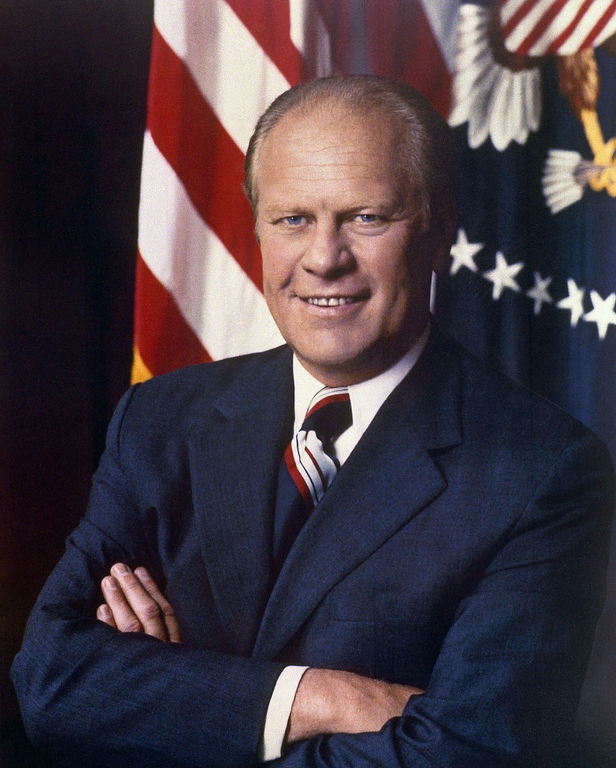
Related Stories
Discover additional Scottish Rite blogs and news on this topic.
